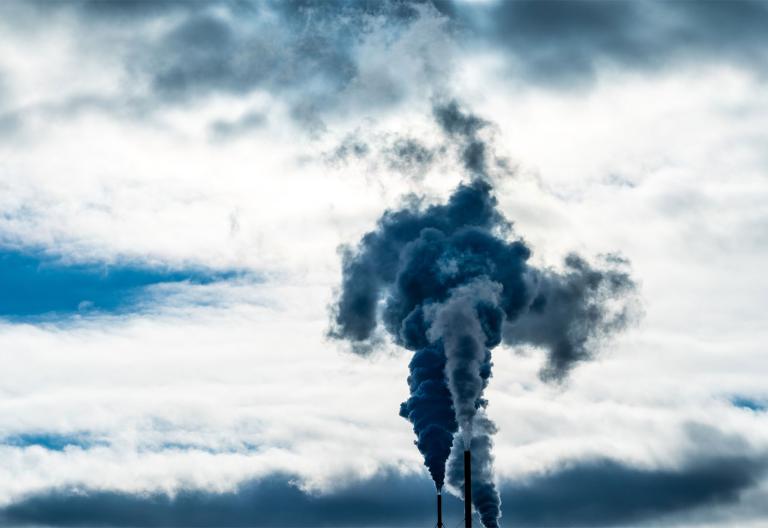The Department of Energy is investigating a new term that could potentially put the electric grid in a new light. An energyshed — akin to a watershed, but for electricity — brings to mind shimmery electric currents overlaid on a map, like a network of rivers. OK, the mental image is cool, but, um, what does it mean?
The Department of Energy doesn’t seem to know, either.
Earlier this month, the Department of Energy, or DOE, put out a request for information, essentially crowdsourcing feedback on all aspects of energysheds, including their definition. This decision may have been prompted by a recent move by Congress: In the hopes of better integrating renewable energy into the existing grid system, legislators asked the Office of Energy Efficiency and Renewable Energy to demonstrate how an “energyshed” management system would work.
Transitioning the country to net-zero emissions “all starts with grid resource planning,” said Kelly Speakes-Backman, the acting assistant secretary for the EERE, in a news release.
Austin Thomas, an energy analyst with the engineering and design company AFRY, admits that the definition of an energyshed is still squishy. In a paper he co-wrote about the concept, he describes it as “the geographic area over which energy is produced, refined, transported, stored, distributed and consumed.”
Here’s what we do know about the new-ish term: Again, it’s analogous to a watershed, Thomas says — you can think of it strictly as the region over which water falls and then drains to a common source, like the Mississippi River, complete with all its streams and rivers. But if you can go a step further and ask where that water comes from, you get drawn into the larger process of the water cycle, with ocean evaporation and all that. Apply that same logic to the electrical grid and you get something close to a definition.
That analogy still leaves a lot of room for interpretation, Thomas says. On the one hand, you could argue we have a global energyshed, since jet fuel powers trips across the oceans. Or you could think of energysheds as locally contained entities. To that end, he understands the DOE’s desire for more specificity. If you include everything, he says, the term becomes almost meaningless. “Really, what it boils down to is the spatial relationships and then figuring out what you want to count in that bubble and what you don’t,” he explains.
Thomas traces the origin of the term energyshed back to 2009, when Mark Alan Hughes, a professor at the University of Pennsylvania, described it as “an organizing idea that helps both to understand the connections between urban form and energy use and to engage regional stakeholders in optimizing energy.” Over time, the phrase started appearing in academic papers and thought pieces. And a little over a decade later, here we are: The federal government is interested, and perhaps almost as perplexed as you are.
Evolving (and sometimes confusing) terms are par for the course for climate policy. In many cases, though, specific wording does matter, determining who gets funding (what groups of people count as “disadvantaged” communities under President Biden’s Justice40 initiative?) or what entities have jurisdiction (the Supreme Court has had to go back multiple times to determine what falls under the Clean Water Act’s purview of “Waters of the United States”).
In the case of energysheds, the experts don’t have consensus … yet. But it’ll be a term to keep an eye on as it matures in both the advocacy and policy spheres. Thomas notes that the Department of Energy is soliciting feedback not just on the definition, but also on how energysheds might relate to equity and resilience. “That tells me that they’re not just thinking about transmission lines and wind turbines and oil storage facilities,” he said. “It’s about more than just the tangible infrastructure, they’re thinking broader.”




